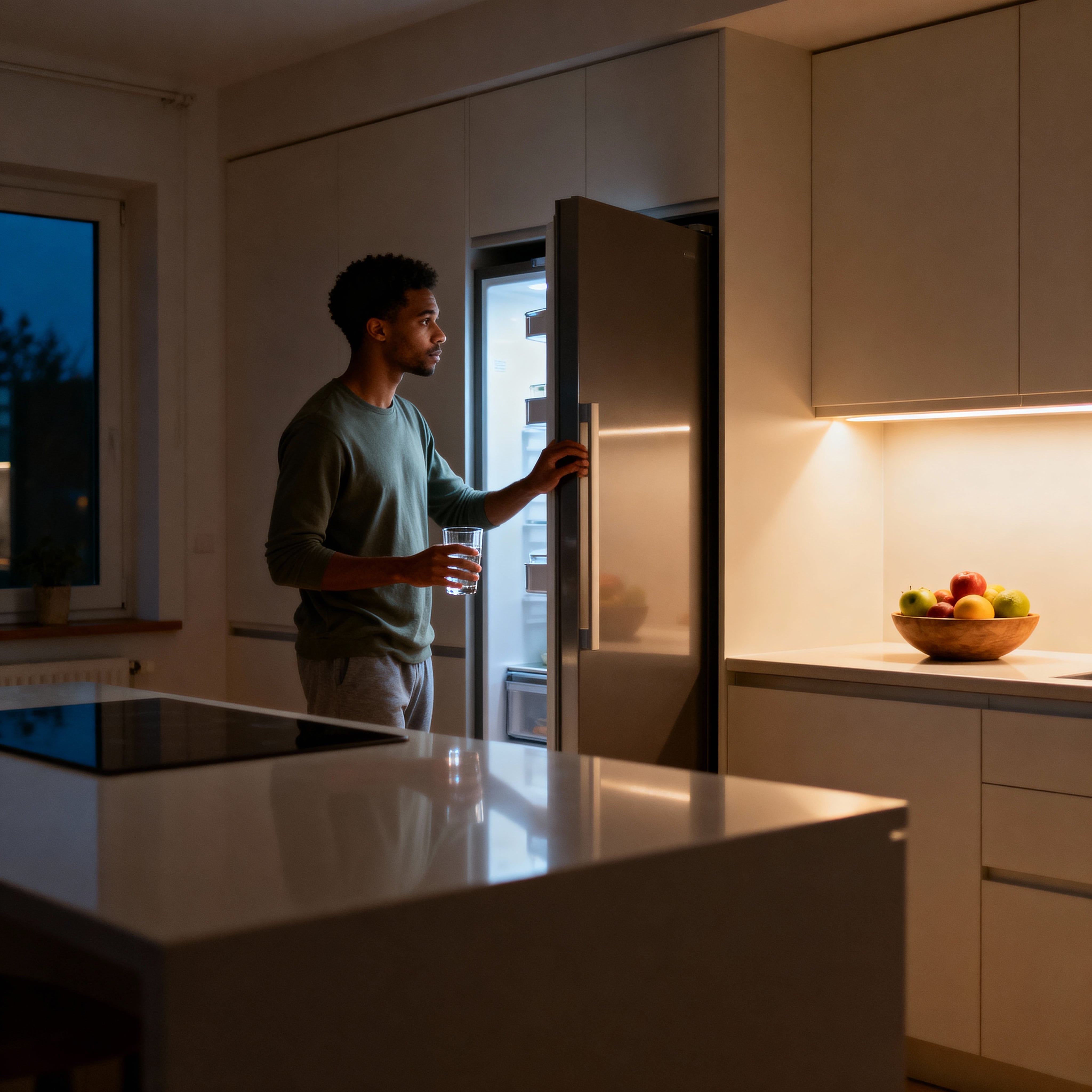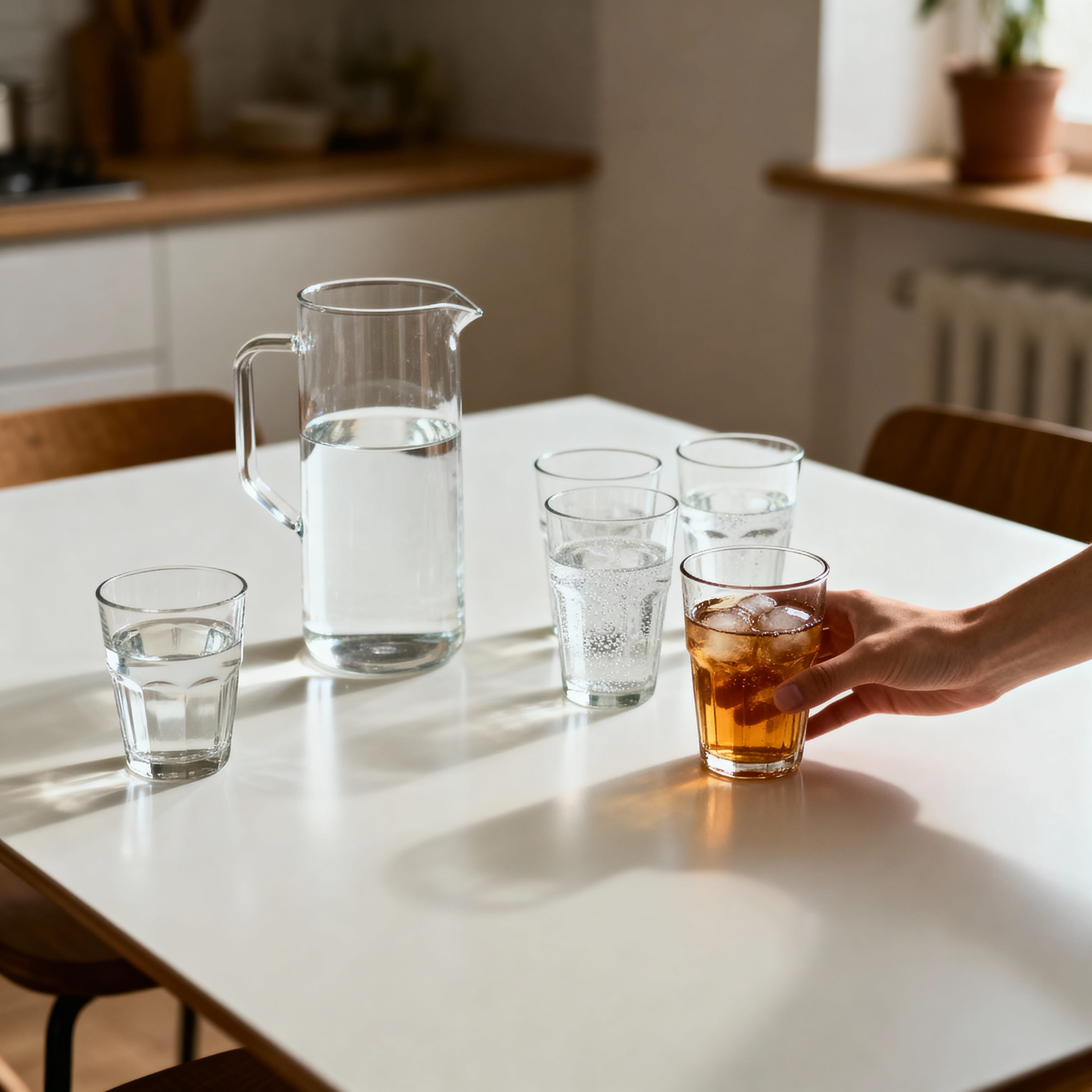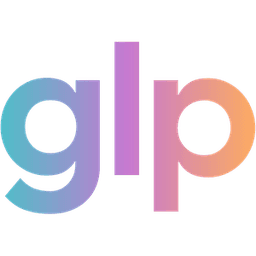GLP-1s and Alcohol: What We Know (and Don’t)
Author
glp winnerDate Published
- Twitter
- Facebook
- LinkedIn
- Instagram
- Copy Link

Many people taking a GLP-1 notice something surprising: alcohol doesn’t hit the same way.
For some, one drink feels like two. Others feel less drunk than usual. Some lose interest in alcohol altogether. And plenty of people think, “Wait… is this normal?”
Science is finally catching up to these experiences. Here’s a simple, approachable breakdown of what researchers know so far, where the gaps still are, and what people might want to keep an eye on.
Why Alcohol Can Feel Different on GLP-1s
GLP-1s change several systems in the body. Some of those changes overlap with how alcohol is absorbed, processed, and experienced.
Here’s what research suggests so far:
GLP-1s may change how fast alcohol absorbs
GLP-1s slow gastric emptying, meaning your stomach releases food and liquid more slowly into the small intestine.
Alcohol absorption mostly happens in the small intestine, not the stomach.
Slower emptying can mean:
- alcohol takes longer to “kick in”
- the peak might feel suddenly stronger
- effects may last longer than expected
This lines up with findings from Yale School of Medicine (Yale) showing GLP-1s may slow alcohol metabolism and lead to higher peak blood alcohol concentration, and slower clearance.
People may feel less drunk even when blood alcohol is higher
A pilot study out of Virginia Tech found that people on GLP-1s felt less intoxicated even when their measured blood alcohol concentration was higher (Virginia Tech).
This mismatch is important because it can trick people into thinking they’re fine when their body is actually more impaired.
GLP-1s may reduce cravings
Several early studies show GLP-1s can reduce the urge to drink or the rewarding “pull” of alcohol.
A small clinical trial of weekly semaglutide in adults with alcohol use disorder found:
- lower alcohol cravings
- reductions in certain drinking behaviors
This was reported in JAMA Psychiatry (JAMA Psychiatry). Researchers think this might be tied to how GLP-1s influence reward pathways in the brain.
What We Don’t Know Yet
Even though the early research is interesting, there’s still a lot we don’t know about how alcohol and GLP-1s interact. The internet can make it sound like we have all the answers, but the science is nowhere near settled.
Here’s what’s still uncertain:
There are no official guidelines.
No one has published a “safe amount to drink” while taking a GLP-1.
Doctors don’t have a standard recommendation yet because the data is too new.
Most studies so far are very small.
For example, the semaglutide trial in people with alcohol-use disorder included just 48 participants.
Other studies are early animal research or short-term pilot projects.
That means findings are helpful, but not strong enough to apply to everyone.
We don’t know how this plays out for older adults.
People over 60 make up a big portion of GLP-1 users, but almost none of the alcohol research includes them.
Older bodies process alcohol differently already, so the missing data matters.
We don’t know the real-world risks yet.
If GLP-1s make people feel less drunk even when their blood alcohol is higher, that could increase risks like:
- falling
- misjudging impairment
- interactions with other medications
- unsafe driving
We don’t have long-term data on any of that yet.
GLP-1s are not approved to treat alcohol use.
Even though some early findings look promising, these medications are not FDA-approved for reducing alcohol intake.
Researchers reviewing this area describe it as investigational — meaning still in the early stages of being studied (Endocrinology Review).
What People Commonly Notice
Here’s what GLP-1 users often describe, and these experiences match what early research suggests:
- “One drink hits way harder than it used to.”
- “I don’t crave alcohol anymore.”
- “Alcohol suddenly makes me nauseous.”
- “I feel sober but my body feels off.”
- “It takes longer to feel anything… then it hits all at once.”
These changes don’t mean something is wrong, just that your metabolism and brain signaling are shifting.
If alcohol feels “different,” you’re not imagining it.
What to Keep in Mind If You Drink While on a GLP-1
This isn’t medical advice, just practical things many people consider or ask their clinician:
1. Start lower than your usual amount.
Effects may be unpredictable. One drink is a safer test than two.
2. Give it more time before deciding how you feel.
Because absorption is slower, the alcohol curve can be delayed.
3. Watch for nausea.
Alcohol irritates the stomach.
GLP-1s slow digestion.
The combination can feel rough.
4. Be extra careful with driving.
Feeling less drunk doesn’t mean lower blood alcohol.
5. Be mindful if you manage type 2 diabetes.
Alcohol can drop blood sugar unpredictably.
GLP-1s change that balance too, so it’s worth discussing this with a prescriber.
6. If you suddenly dislike alcohol, that’s common.
Many people experience a decrease in craving or enjoyment.
7. If you feel “off,” track the pattern.
Some people bring a few notes to their next appointment so their clinician can help them figure out what’s going on.
Simple Way to Think About It
GLP-1s shift how your body handles food, hunger, reward, and digestion.
Alcohol touches all those same systems.
So it makes sense that the experience of drinking would change too.
If alcohol feels different for you now — stronger, duller, longer-lasting, or just “weird” — you’re in good company.
FAQ About GLP-1s and Alcohol
Does alcohol hit harder on GLP-1s?
Possibly, yes. Research suggests slower metabolism and higher blood alcohol levels (Yale).
Why do I feel less drunk even when I’ve had the same amount?
One pilot study suggests GLP-1s may change the brain’s response to alcohol (Virginia Tech).
Can GLP-1s be used to treat alcohol-use disorder?
They’re being studied but are not FDA-approved for this (JAMA Psychiatry).
Is it safe to drink socially while taking a GLP-1?
There’s no official guideline yet. Many people notice big differences, so prescribers often suggest caution.
If you enjoy posts like these, you can subscribe to receive newsletter updates.
Sources
Keep Reading

Night food noise can still happen on GLP-1s. Learn why cravings show up at night and simple ways to calm them so evenings feel easier.

Learn how hydration works on GLP-1s—what counts, what doesn’t, and how to avoid nausea by timing your fluids the right way.

Learn what to expect before starting a GLP-1 — supplies, mindset, telehealth basics, safety tips, and how to prepare for your first dose.
